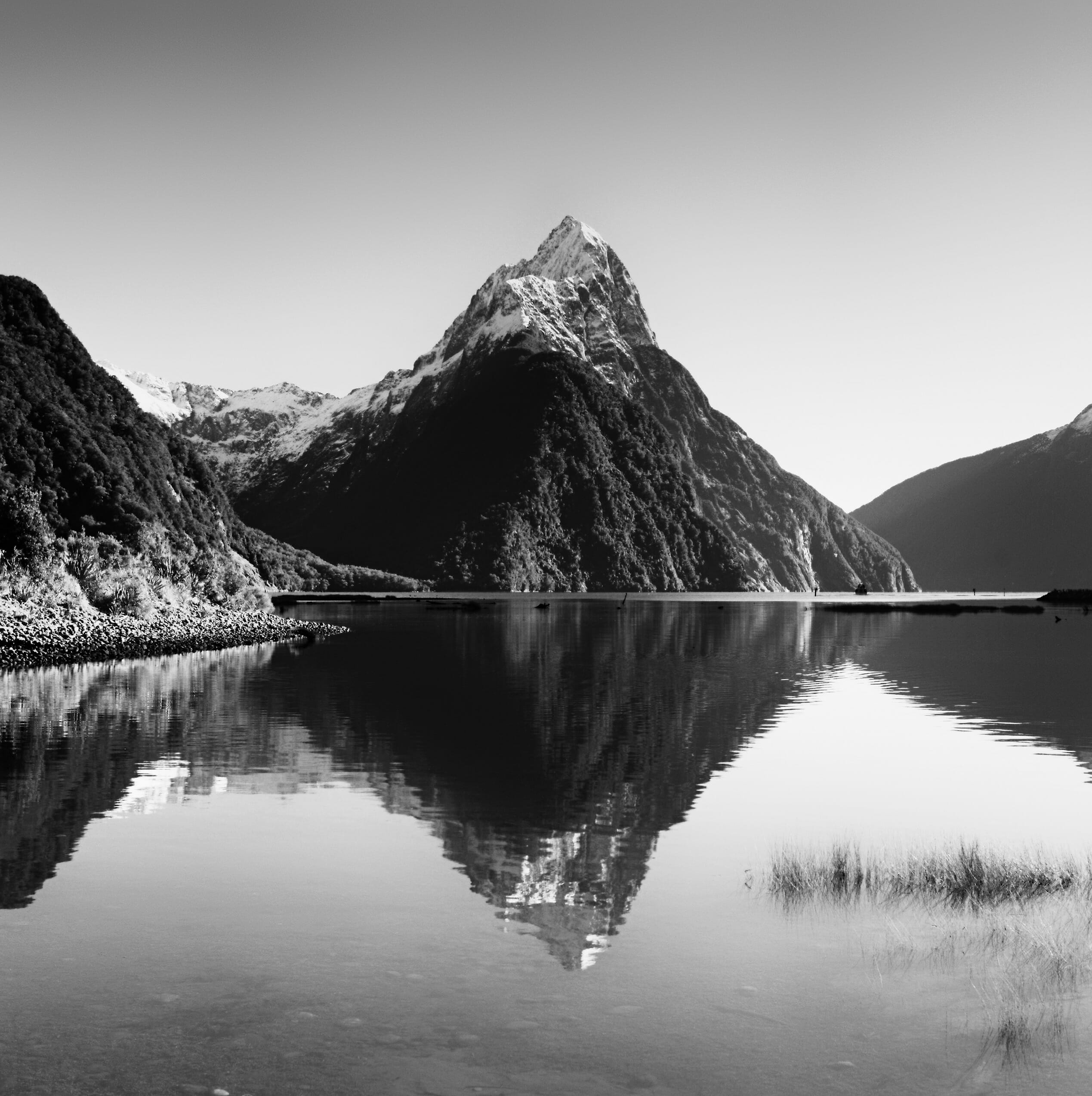Photo by Nicholas Coleman
Coleman Collection #12
PRODUCER
Virtuo
CULTIVAR
J5, Nocellara, Frantoio
Harvest Date
May 2018
REGION
Whangaripo, New Zealand
Since the 1860’s the Upper Lachlan Shire in the Southern Tablelands of New South Wales has attracted pioneers looking to live off the land. And so in 1999, after a few failed attempts, Robert Victor Armstrong successfully planted the Alto olive trees. The wild landscape and podzolic soil is home to gangs of kangaroos, wombats, wild boar and venomous snakes. Robert lives miles from civilization and remains self-sufficient…he collects rainwater, hunts rabbits, captures yabbies from the dam and prepares jams, chutneys and pickles from the abundance of fruit on the farm.
Alto stems from the Latin Altus meaning “high.” The 20,000 trees thrive at 850 meters where warm afternoons meet brisk nights. The grove is well spaced and branches meticulously pruned, enriching the fruit with equal parts sunlight and oxygen. Elevation is key – groves in the valley can suffer from humidity, yielding oil lacking nuance, depth and vibrancy.
Robert grows fifteen European cultivars – primarily Greek Koroneiki/Kalamata, Tuscan Frantoio/Leccino, Spanish Arbequina but also the rare localized Hardy’s Mammoth. I’ve selected a special blend of 50% Frantoio with 50% Leccino. The Leccino has a lighter mouth feel with grassy notes and balanced pepper, while the Frantoio adds vibrancy, bitterness and structure with undertones of freshly ripped leaves, mint and rosemary. Perfect to enliven meats, soups, pasta, garden vegetables or grilled fish.
Captain Arthur Philip imported Australia’s first grapevines from Brazil and South Africa in 1788. Shortly after, the first commercial wine was produced just south of Sydney in the early 19th century. Fruity wines produced from grapes like Pinot Gris, Verdelho, and Semillon were the preferred style. The first exported wine to the United Kingdom was recorded in 1822, about 183 bottles worth. Since then, Australia has turned into a behemoth of an exporter churning out hundreds of millions of cases of wine each year. The country’s specialty is still Shiraz, which is produced into a dizzying array of styles from light and aromatic to rich, ripe and bold.
Hunter Valley is the most important appellation in New South Wales and is the source for many of Australia’s most popular wines. The vineyards benefit from the coastal effects of the Tasman Sea, while the vineyards’ proximity to Sydney makes the appellation accessible to tourists. Shiraz, the leading grape variety, makes big and brash red wines with beefy and intense flavors. Viognier and Pinto Noir also grow well here. Other appellations include Mudgee, Orange, Cowra, Riverina, and one of Australia’s coolest and picturesque growing areas, Tumbarumba.



